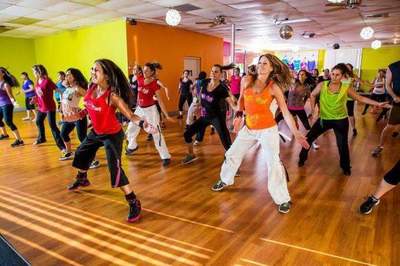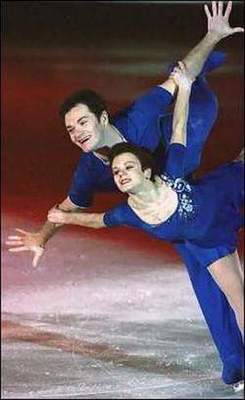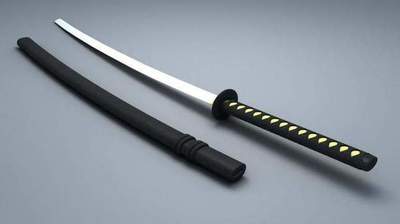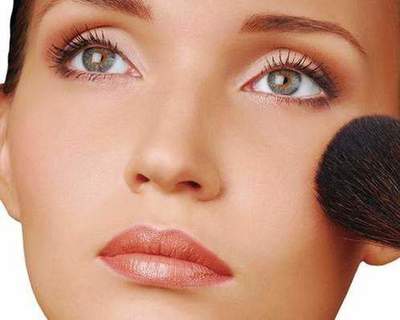Rhythmic gymnastics. Rhythmic gymnastics: exercise
Rhythmic gymnastics - a set of exercises aimed at improving the health and general development of the human body.
The History of
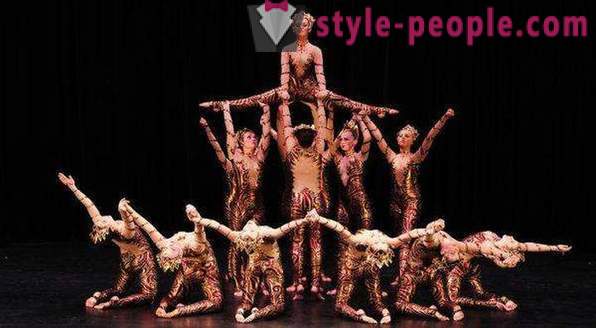
The system of rhythmic gymnastics first appeared in Geneva. It considered the founder of the Conservatory professor Émile Jaques-Dalcroze. He felt the need for interpretation of music through the participation of the whole body. Dalcroze believed that motor skills and auditory perception are closely linked, he came up with some exercises in accordance with the pieces of music.
In 1905 at the Geneva Conservatory of Music appeared courses rhythmic gymnastics, which enjoyed great popularity among the population. Further, in 1911, Émile Jaques-Dalcroze Institute created, which taught rhythmic gymnastics, she could train anyone. Already in 1912, rhythmic gymnastics classes appeared in Russia, the director of the branch of the Institute of Music and rhythm was Prince S. Volkonsky.
Rhythmic gymnastics 80s was extremely popular. A set of exercises in advance thought through to a wider audience. TV program with classes broadcast on Central Television.
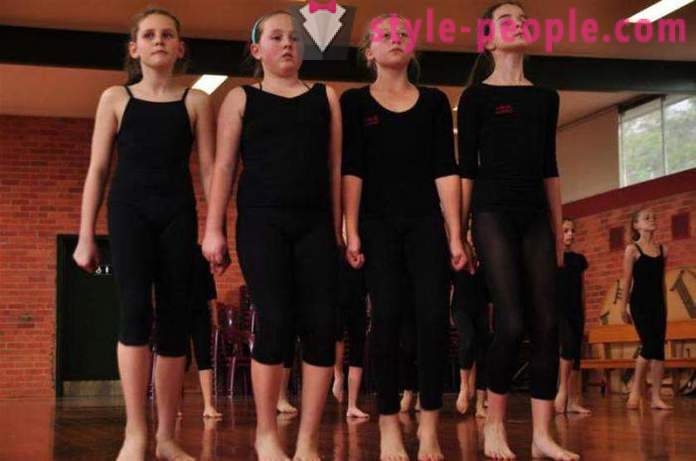
The concept of rhythmic gymnastics
Complex rhythmic gymnastics can be divided into several parts. The first - preparatory: a person performs exercises, warming up the muscles. The second part - the main: used exercises for all muscle groups. Third - the final part, which is aimed at restoration of respiration and sedation and relaxation of the body.
Music for rhythmic gymnastics is a very important part of your exercise program. It should be rhythmic, uplifting and have a stimulating effect on humans. Musical rhythm is a temporal relationship of sounds, it should be clear and understandable. The music tempo depends on the intensity of exercise.
The use of rhythmic gymnastics health
Gymnastics - is, above all, prevention of various diseases, especially hypertension and coronary heart disease.
The rhythmic gymnastics is an excellent way to lose weight. But, apart from training, you must also adhere to a diet, limiting fat and flour. Physical exercise combined with proper nutrition will certainly lead to weight loss, strengthen muscles.
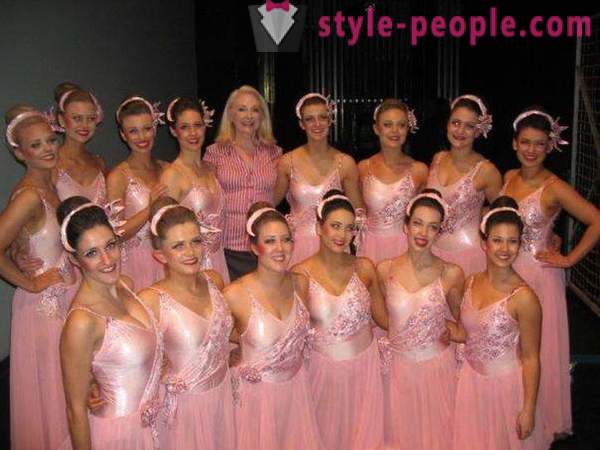
Load at gymnastics
To the rhythmic aerobic exercises to be effective, the load should be defined, conform to the standards, stimulate metabolic processes in the body and improve blood circulation.
Minimum load in rhythmic gymnastics must comply with the frequency of the heart rate, that is not less than 130 beats per minute. Pulse is an excellent indicator of the intensity of exercise.
How do I engage in rhythmic gymnastics on their own
The easiest way to engage in rhythmic gymnastics on their own - to use TV complexes. You can also create a set of exercises that is perfect for you that meets your opportunities and challenges.
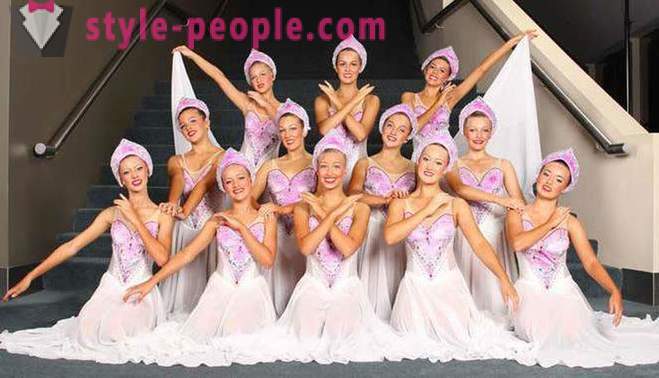
In order to prepare the muscles and joints to exercise, massage should be used before school. It is very important at the beginning of class to conduct a thorough warm-up, warm up the muscles and prepare the body for the main exercises. Only then can we begin to complex elements and to increase the pace of exercise.
In rhythmic gymnastics exercises involving all muscle groups involved all the joints. Catching up on their own, it is possible to imagine the music, to invent new items. The main rule - do not stop in the classroom: between exercises should not be long pauses. In order to correctly pick up the load, it is necessary to take into account the age, health and readiness for classes.
Children's rhythmic gymnastics is very useful for children of all ages. A set of exercises must take into account the age and physical condition of the child.
Contraindications
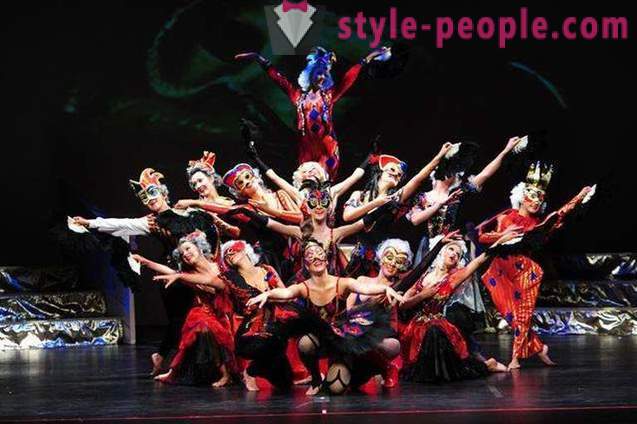
There are a number of contraindications to gymnastics. These include primarily chronic diseases such as heart failure, heart disease, high blood pressure, kidney and liver disease, cardiac arrhythmias, and others. In the presence of these diseases physical education classes have to be held under the supervision of a physician.
We should not be engaged in gymnastics and in infectious diseases: acute respiratory infections, flu, colds and other. Engage only after a full recovery in order to avoid unpleasant consequences. When the pain in the joints begin classes only after the survey and determine the causes of pain. You should not do gymnastics during exacerbations.
Rhythmic gymnastics: exercise
All exercises should be performed while maintaining correct posture, this is a mandatory condition for the effectiveness of rhythmic gymnastics. In the preparatory part of the complex, the following exercises: walking on the ground, side step, rotational arms and legs movements, twisting dance moves. Dance elements of disco, latin, break and others to improve coordination, develop the ability to control the body.
The main part of gymnastics includes exercises for different muscle groups. Exercises for Neck: pan, tilt, circular motions. It is necessary to monitor the correctness of the exercises. The following elements - exercises for the arms and shoulder girdle. These include a circular motion, bends, swings and so on. D.
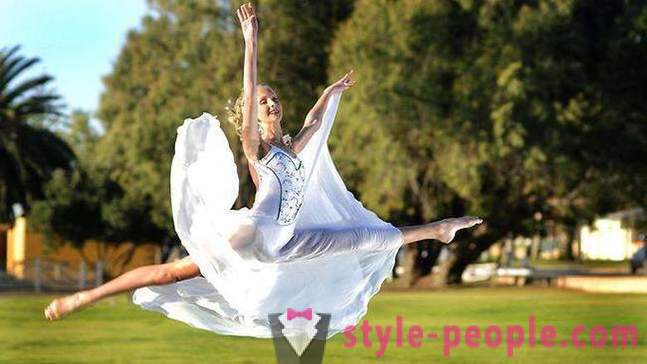
The following exercises are aimed at strengthening the muscles of the trunk. These include forward bends, back and sides, circular and semi-circular motion, abduction, deflections, pelvic movements. The complex must contain several types of exercises.
Foot exercises include crouch, squat, leg abduction, climbs, swings, circular movements, and so on. d. The complex consists of rhythmic gymnastics jumps, jumps, running, dance elements. health beneficial exercises performed in a sitting or lying position. In this position, a well-worked out abdominal muscles, trunk and legs.
In the final part of the rhythmic gymnastics exercises should be the body's recovery. This may be slowly bend from sitting, squatting with relaxation of legs and arms, the transfer of gravity from one foot to the other rolls in the supine position and many other exercises.
Rhythmic gymnastics has a positive effect on the cardiovascular, respiratory, digestive system of the body, strengthens the muscles and joints, improves mood and strengthens the nervous system.



































